The Brazilian London-based artists Anderson Borba and Alexandre Canonico are now brought together by curator Kiki Mazzucchelli, who created the most interesting dialogue between their sculptures for their on-site show at Kupfer project space and its online version on Art Curator Grid.
We carried out an interview with the Brazilian curator about physicality, materiality, and sculptures in the digital realm:
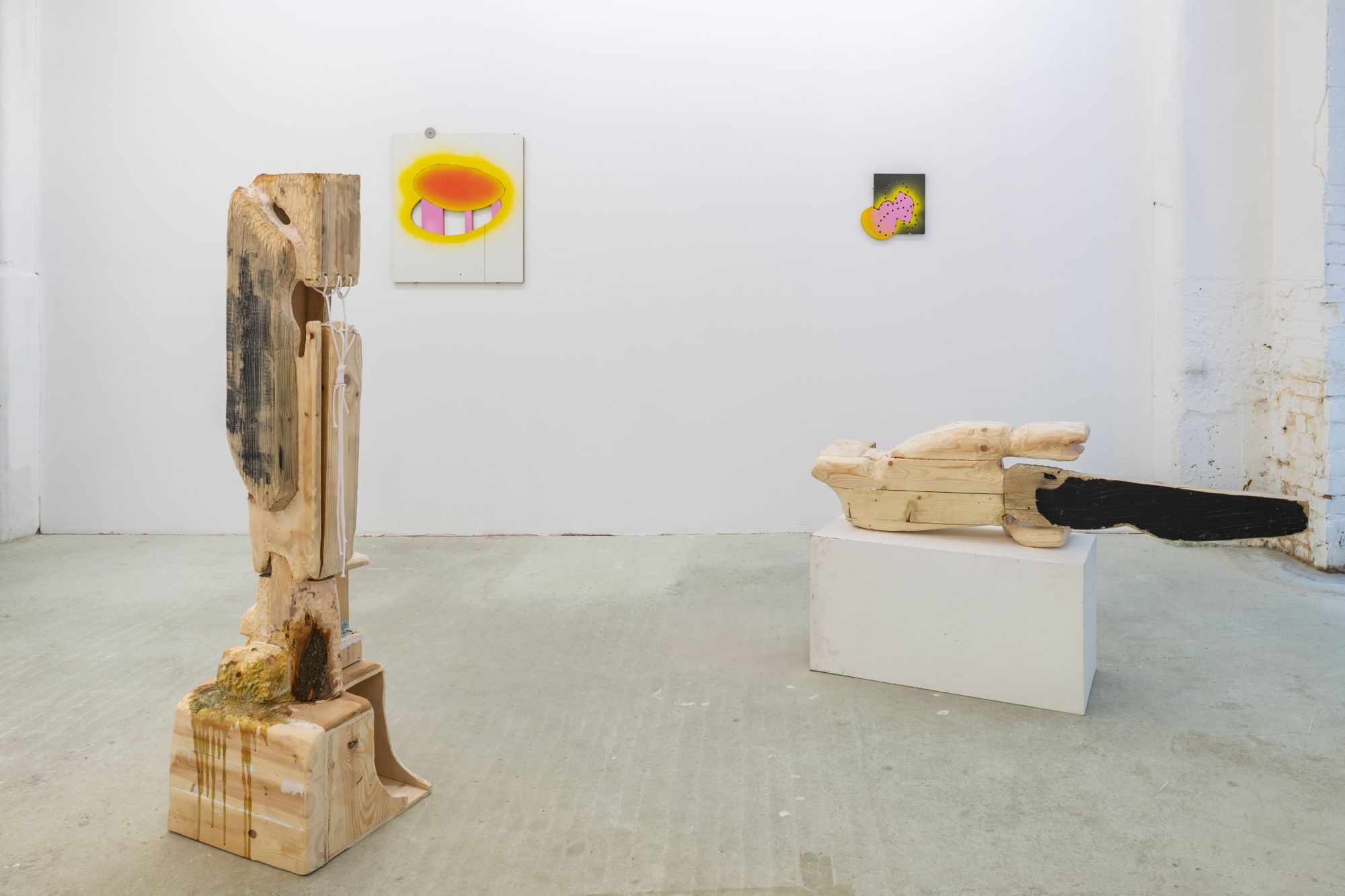
Julia Flamingo - Both Alexandre Canonico and Anderson Borba are Brazilian artists living in London, where you are also based. Given the materiality and dimension of presence proposed by Borba’s sculptures and Canonico’s sculptural reliefs, as well the important relation created between pieces and space, would this exhibition be possible if you did not live in the same city? I mean, how important was it for you to make in-person studio visits during the creation process of the exhibition and eyewitness the making of the pieces?
Kiki Mazzucchelli - I have been following Borba and Canonico’s work for many years both in exhibitions and studio visits. Of course, being able to see the work and talk about it more regularly helps a lot, but I wouldn’t say it is something unique to this exhibition. Surely this is a show that makes much more sense if experienced physically, as all works are three-dimensional, but not only that. As much as the art world had to catch up with digital technologies to find new ways of presenting art, these digital platforms can only partially convey what a physical exhibition does - unless we are talking about works specifically made for digital platforms. When we experience art through digital images, no matter how good they are, the sense of scale, the air between artworks, how artworks interact in space, their texture and colour, are all inevitably lost. This is just to say that I strongly believe that seeing art in the flesh and being able to have regular conversations with artists is integral to the curatorial process, at least in my case.
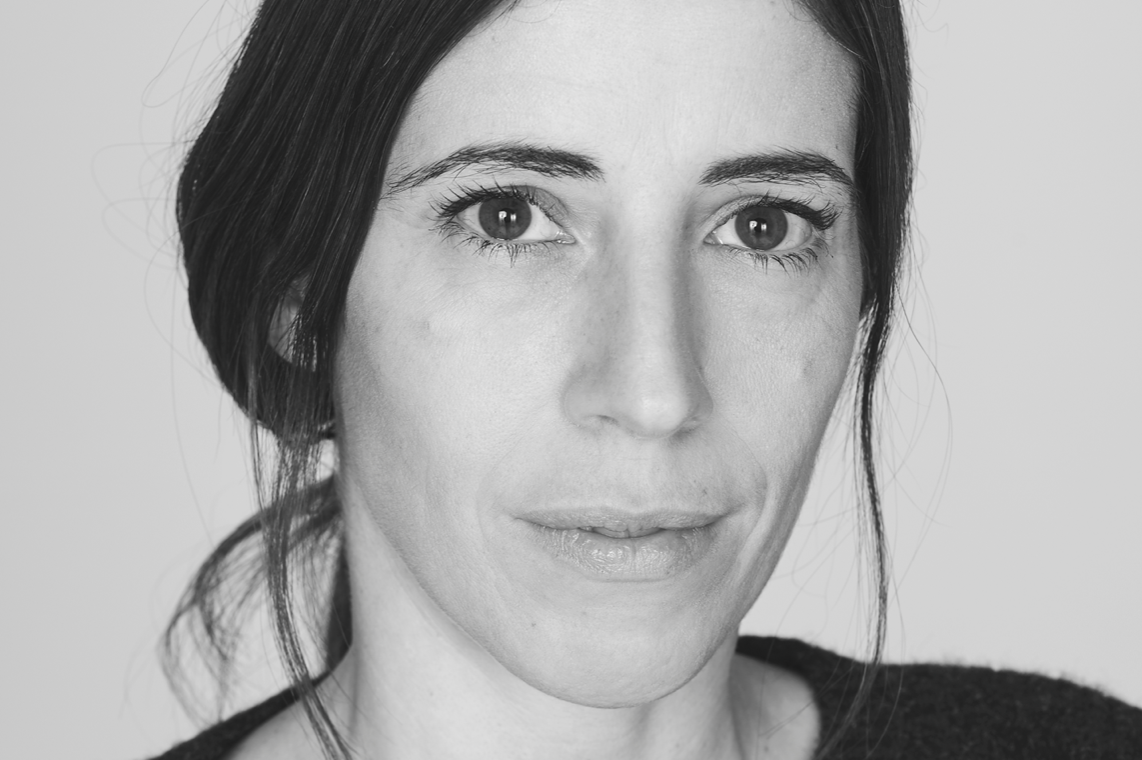
JF - Both artists use ordinary materials to create their work, a characteristic that has been omnipresent throughout contemporary art history. In which way you believe they are “concerned with issues of the present” and “expanding the possibilities of sculpture in the present”?
KM - More important than saying the artists use ordinary materials is to understand what they do with these materials. In both cases, it’s possible to recognise forms and procedures related to different historical sources (Post-Minimalism, Colour Field Abstraction, Brazilian Popular Art, amongst others). However, rather than presenting a kind of cynical, rehashed version of past movements ‘with a twist’, both artists approach sculpture as a field can still be expanded and reinvented. Canonico’s wall reliefs, for instance, are technically not reliefs at all, but rather something else which is constantly oscillating between sculpture, drawing and painting and therefore constantly destabilising perception. These are not, of course, narrative works that address topical issues. Rather, they are concerned with issues related to the status of sculptural form in the present. But in dealing with these questions they also speak about certain conditions of the present - not as theme, but in relation to issues such as the overwhelming feeling of uncertainty that pervades the contemporary world and the ethical use of materials in art-making in the current context of climate crisis.
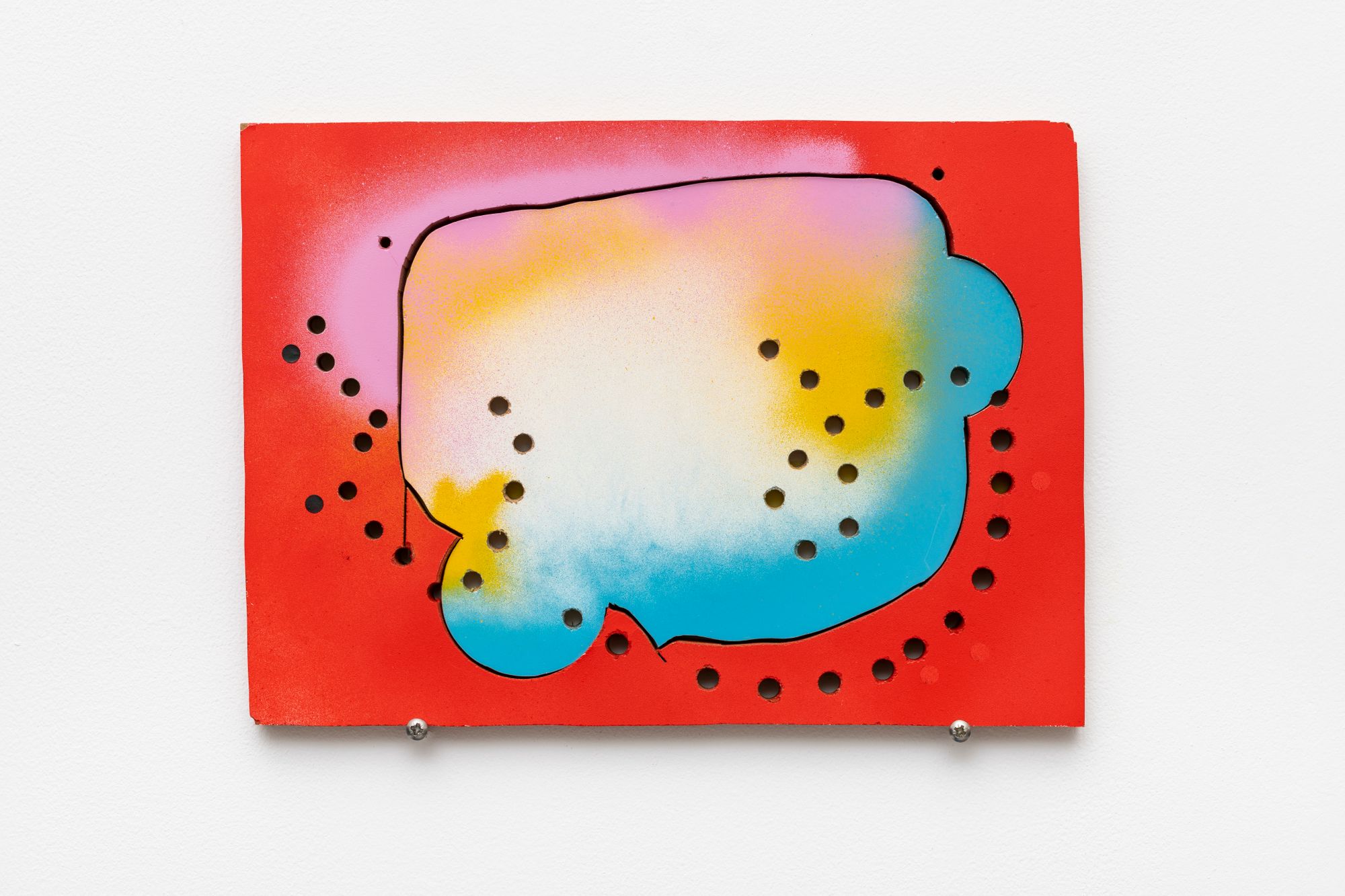
Borba, on the other hand, makes freestanding sculptures that reject the traditional rule of 360-degree visibility in that they have a clear front and back. Their faces are markedly pictorial and receive a very markedly hand-made treatment with carving, chiselling and other traditional methods, while the back reveals the construction process by leaving exposed the metal corner braces, screws and other functional elements that make the work stand upright. On the one hand, you have a sculpture that takes flat images as a starting point (digital images), which is something that fundamentally goes against the principles of ‘good sculpture’, while on the other hand you have a void space, a space that lacks solidness, that reveals the artifice behind the work, which equally relates to the uncertainty that characterises current times.
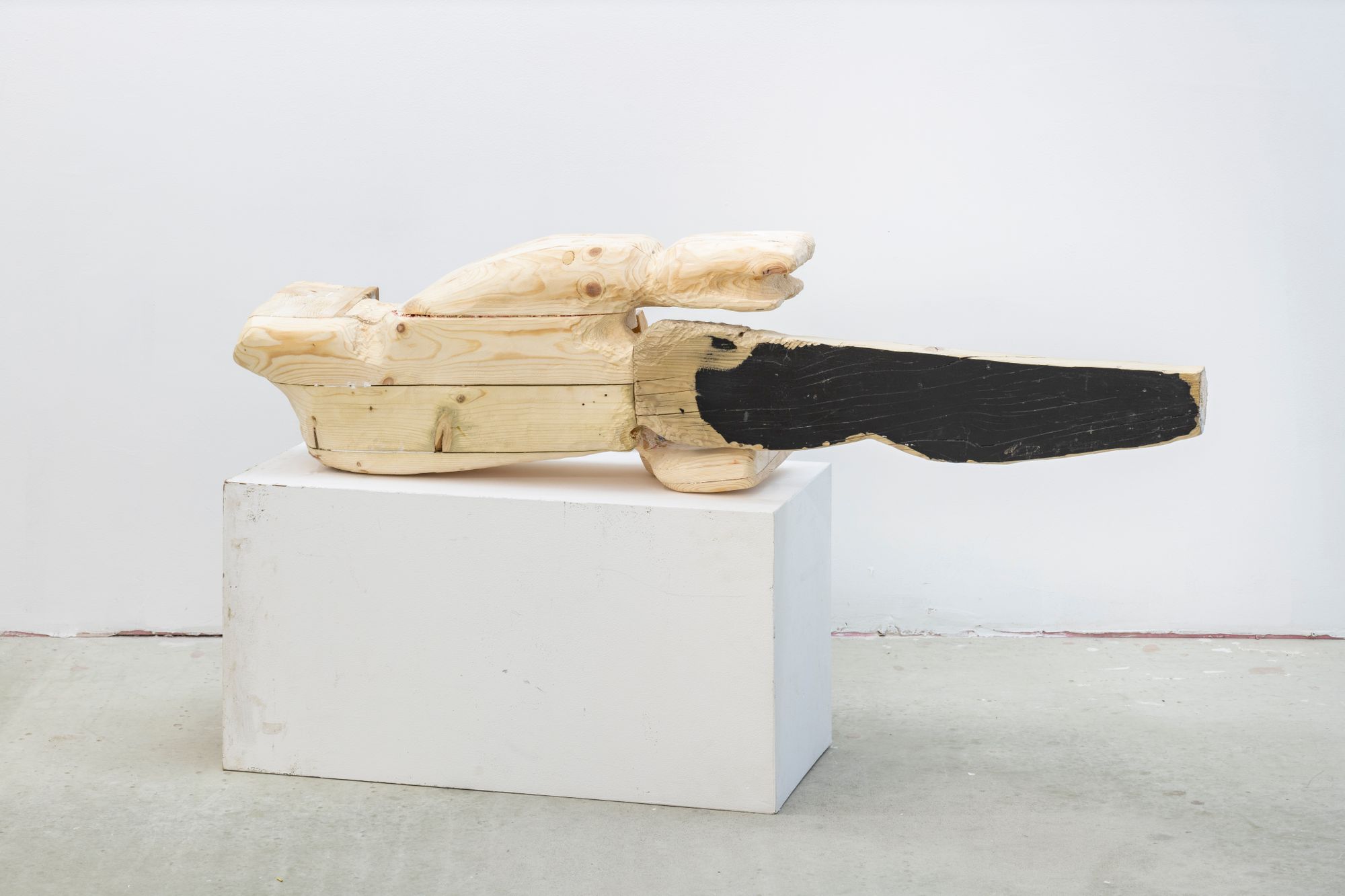
JF - In the curatorial text, you write: “Indeed, it is possible to speculate if the fragmentation and pictorialisation that characterises these works somehow embody the way in which image and information are mostly consumed and experienced nowadays through digital screens, confronting some of the fundaments of sculptural practice with contemporary screen-based everyday experience.” Could you please comment further on this statement concerning the sense of physicality in this exhibition and its translation to a digital version?
KM - As mentioned before, I guess you inevitably lose some things when translating an exhibition to a digital platform. However, I can see how some aspects of both Borba and Canonico’s works can also be highlighted when seen through images. In the case of Borba, the pictorial character of the works, when photographed from certain angles, becomes definitively pronounced, perhaps even more readily ‘readable’. Canonico’s wall reliefs, in their turn, become more like paintings, with the interaction between colour and shape taking precedence and thus losing some of their sculptural quality.

JF - What can you say about your experience with Art Curator Grid’s Exhibition Tool and its features?
KM - The Exhibition Tool is a great platform, very straightforward to use, and a nice alternative to the usual viewing room format. I quite like the way information can be organised in different sections so there are multiple entry points for the user to navigate the show. I spoke a lot about how I don’t believe the digital experience can replace the physical one, but I must add that the art world has finally started to wake up to the possibilities offered by digital platforms. And I firmly believe they are here to stay as tools that can help us expand not only our audience but the way we think about exhibitions.
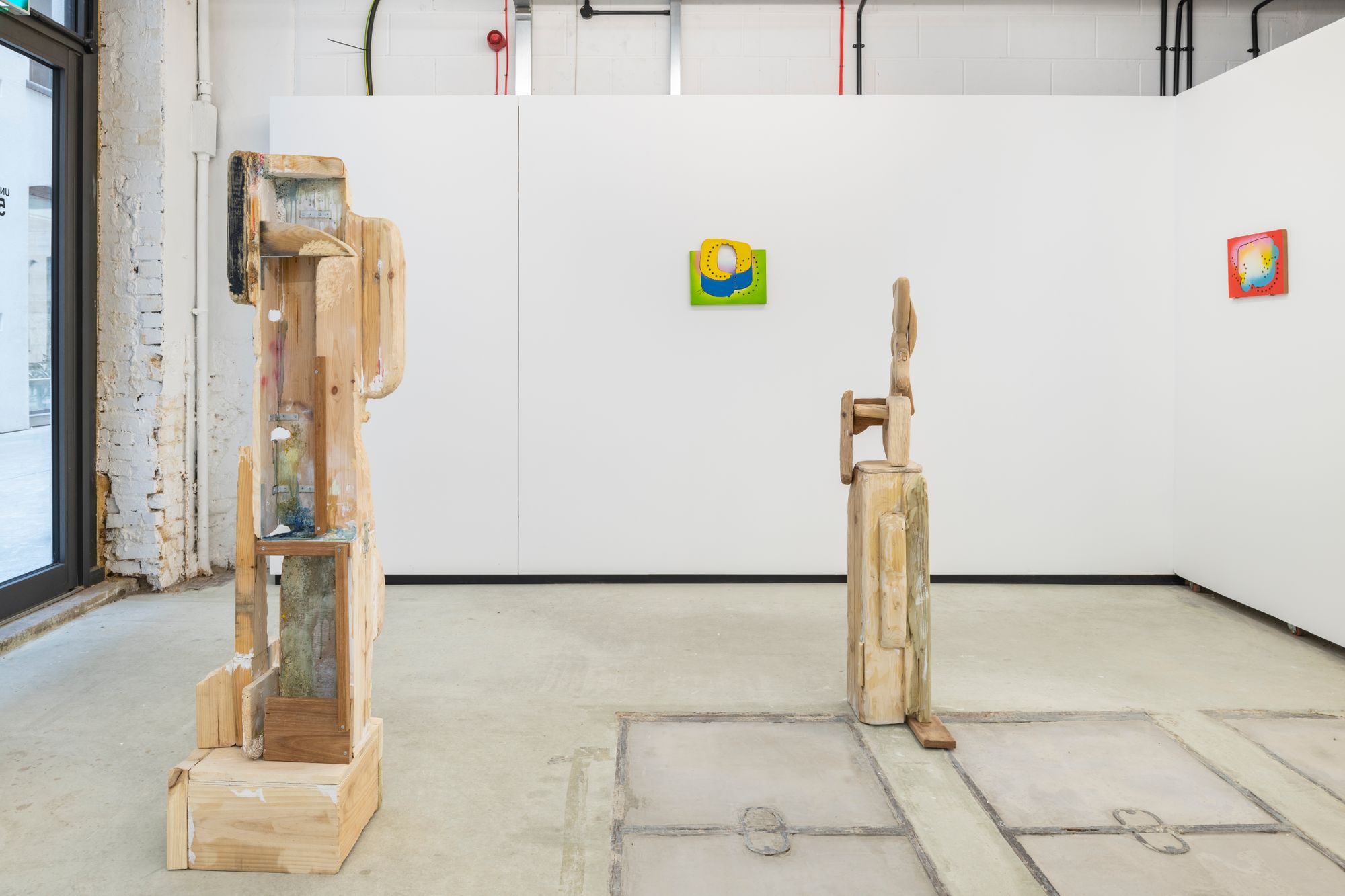
Anderson Borba and Alexandre Canonico
Curated by Kiki Mazzucchelli
On view at Kupfer Project Space, from April 12 to May 8, 2021
Digital version from April 1 to May 8 — Exclusively on Art Curator Grid
Would you also like to have your institution profile on our platform and curate digital shows with our Exhibition Tool? Send an email to hello@artcuratorgrid.com and we will show you how!